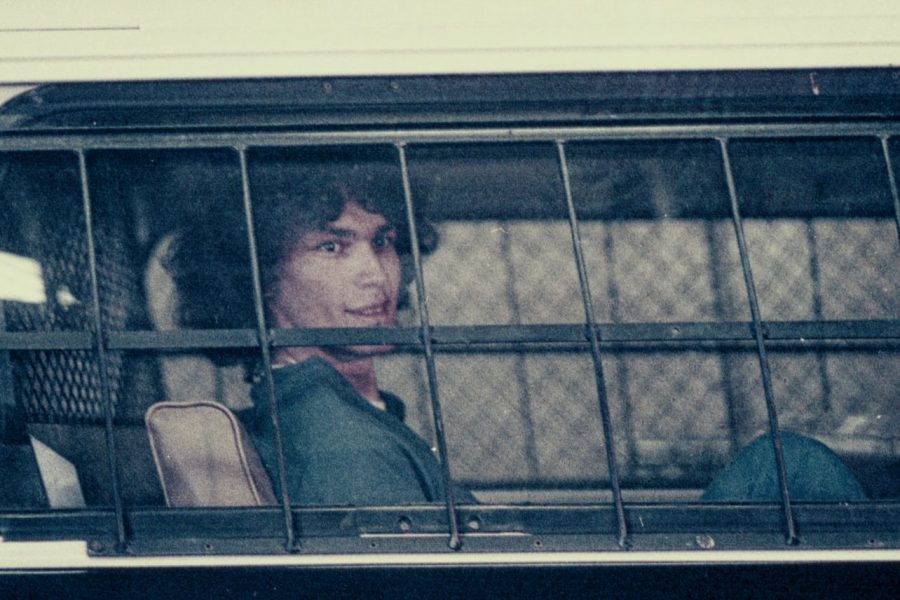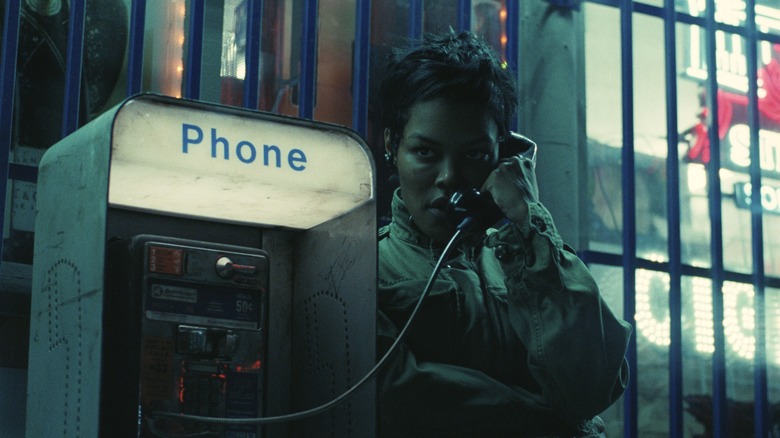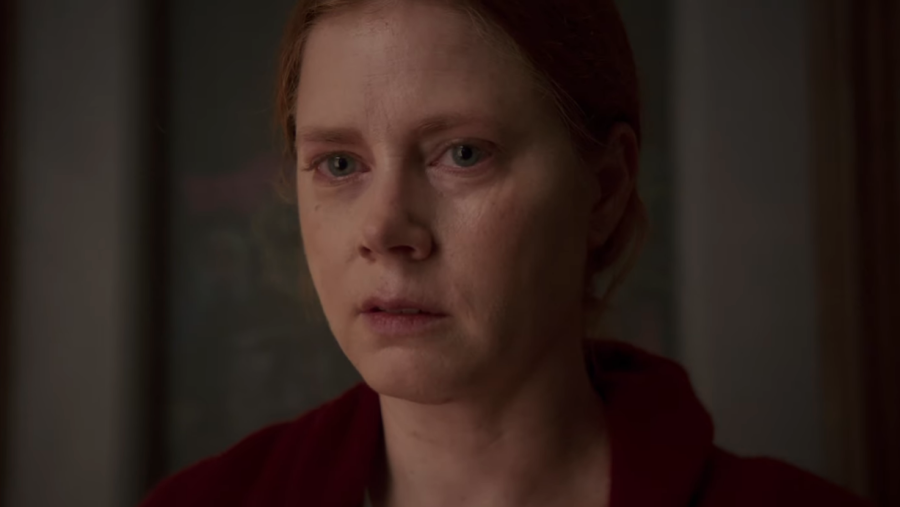“Nightstalker” is a well-constructed mini-series that will have you glued to your screen, despite its over-the-top depictions of the crime scenes.
Looking back at 20th century true crime, fans can hardly ignore the unprecedented amount of serial killers that plagued the country. Ted Bundy, Jeffrey Dahmer, and the BTK Killer are noteworthy among other names, but none have inspired the same fear and anguish as one man: Richard Ramirez, the Los Angeles Nightstalker. Responsible for the deaths of 14 victims between the years 1984 and 1985, Ramirez was known for being particularly bloodthirsty and leaving horrifyingly graphic crime scenes in his wake. There was no method to his madness; he killed whomever he could, regardless of sex or race. It was this complete lack of victim preference and methodology that caused panic among residents of Los Angeles County and would eventually inspire a media frenzy.
“Nightstalker: The Hunt for a Serial Killer” is a four-episode mini-series that follows Gil Carrillo, a young detective in the Los Angeles Sheriff Department’s Homicide Unit, and his partner Frank Salerno, who had worked on the Hillside Strangler case in the 1970s. Carrillo and Salerno narrate the story in a series of interviews in which they recall each crime scene and the many complications that arose with the Nightstalker case. Director Tiller Russell does not shy away from exposing the many follies of the police during this investigation, pushing Carrillo and Sal to recount the many investigative mistakes that stalled their investigation. As the series goes on, it becomes evident that the police’s blunders would have dire consequences, allowing Ramirez to slip between the police’s fingers on several occasions. Russell goes on to explore the tolls that dangerous and demanding investigations can take on not only detectives’ family lives, but also the many relatives and survivors’ lives. Carrillo specifically is quite candid about the tension that emerged between him and his wife during the case as a result of the long and odd hours, as well as the paranoia that accompanies these detectives when hunting a serial killer.
“Nightstalker” allows viewers to feel as though they are living the investigation in real time, unraveling the story piece by piece. The first three episodes deal with the long string of victims and their respective investigations. The series does a good job of setting up a clear timeline that helps audiences clearly follow what quickly becomes a convoluted case due to the unprecedented behavior of Ramirez. “Nightstalker” is careful not to reveal any hints of the killer’s true identity within the first three episodes — an effective tactic that sets audiences up for a rewarding payoff upon finally arriving at episode four, which deals entirely with the killer himself. This episode delves into the details leading up to and after Ramirez’s arrest, again relying on Carrillo and Salerno’s recollection of the events to tell the story. It delves into the surprisingly diverse reaction the public had in response to the revelation of the Nightstalker, as reporters recall the many groupies that showed up to Ramirez’s hearings, while yet the victim’s families could only think of getting justice for their lost loved ones.
The true-crime genre is exploitative to a degree by nature, making entertainment out of tragedy, but it feels even more so at certain points in “Nightstalker.” As Carrillo and Salerno recall each crime scene in excruciating detail, the series elects to show audience members the tragic images of Ramirez’s bloody crimes. Although these pictures are semi-censored with the particularly grotesque wounds blocked out by what appears to be tape, they are still quite unsettling to see onscreen. While it’s understandable that Russell wanted audiences to truly grasp the brutality of these crimes, these images at times feel more like they are there for shock value than to help move the story along. At points, the series even recreates some of these scenes with actors, doubling down on the bloodthirstiness of the crimes, and adding to this feeling of victim exploitation. This results in an uncomfortable, even voyeuristic, watch at times.
“Nightstalker: the Search for a Serial Killer” delves into one of the most grotesquely fascinating serial-killer cases in recent memory and the fear it brought into Los Angeles County in 1985. It allows audience members to gain a solid understanding of just how unusual this case is — revealing the truly dark side of humanity. “Nightstalker” will leave audiences wondering if people like Richard Ramirez are just born evil, or if they’re simply a product of their environment.
Grade: A-
Director: Tiller Russell
Release Date: Jan. 13, 2021
Image courtesy of Decider.














